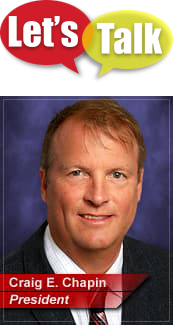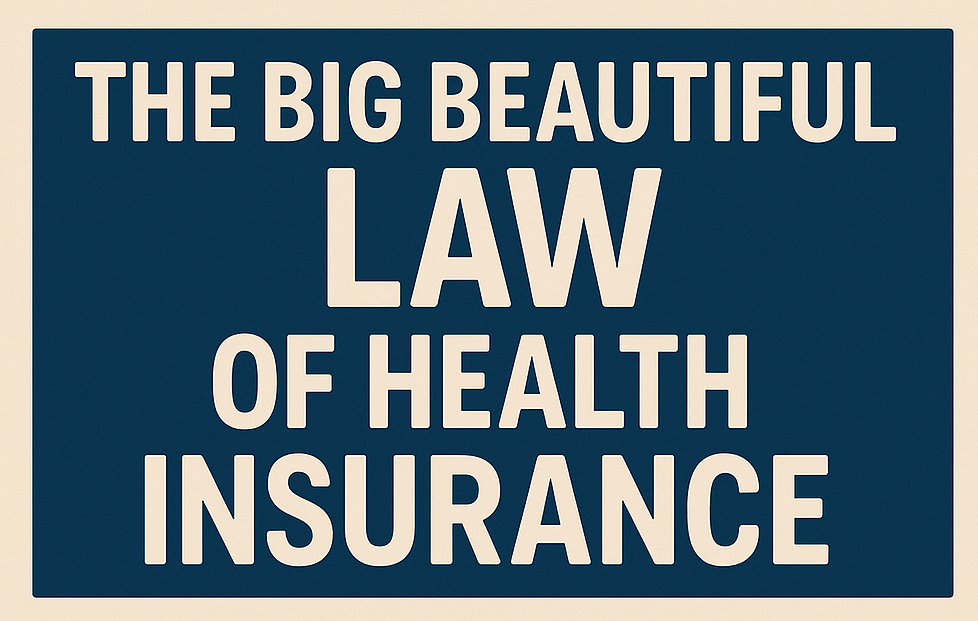Personal Insurance
Obtain quotes, enrollment support and excellent service on all types of individual insurance from personal auto, home, health, life to retirement. We will fill the gaps in your existing coverage, protect your property from loss with full replacement and give you financial protection for your loved ones and yourself.
Commercial Insurance
We write all lines of business insurance directly or through with our strategic partners allowing us to shop a wider array of insurance companies. The best rates and coverage can only be achieved with adequate competition competing for your business.
Group Insurance
We combine extensive benefit consulting and insurance carrier work experience with the creation of strategic, cost effective employee benefit programs that support your groups business goals.
Insurance Services
Employees win with our personalized educational approach - teaching them and family members how to manage expenses by using tax saving vehicles and products. Meanwhile, our HR compliance services can protect a company from violating the law and help individual employees comply with business policies.




 Big changes to health insurance rules are here-and many people could lose coverage if they don't act. We're here to make sure that's not you.
No More Auto-Renewals
What this means:
If you have an ACA Marketplace plan, you'll now need to re-apply every year. No more automatic re-enrollment.
What to do:
Big changes to health insurance rules are here-and many people could lose coverage if they don't act. We're here to make sure that's not you.
No More Auto-Renewals
What this means:
If you have an ACA Marketplace plan, you'll now need to re-apply every year. No more automatic re-enrollment.
What to do:
